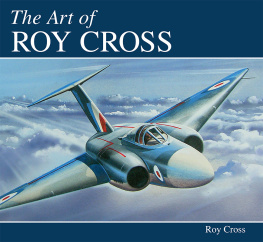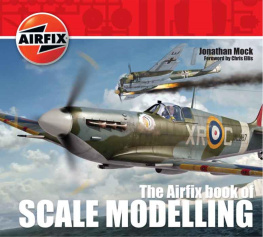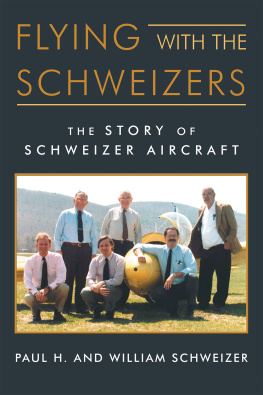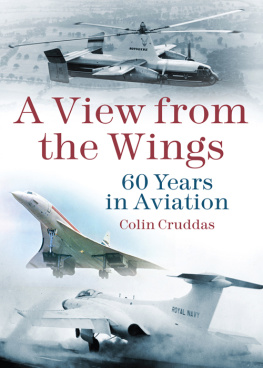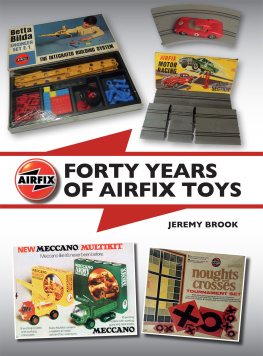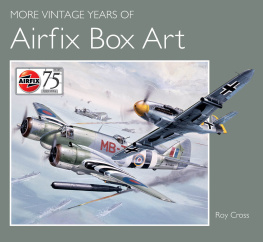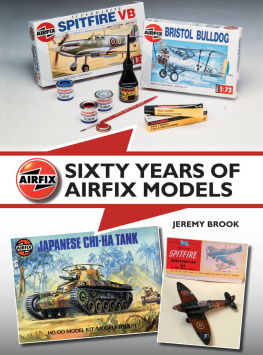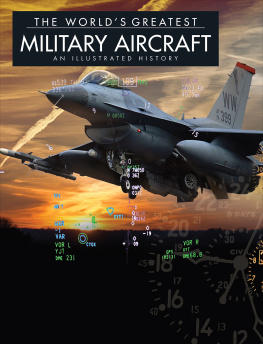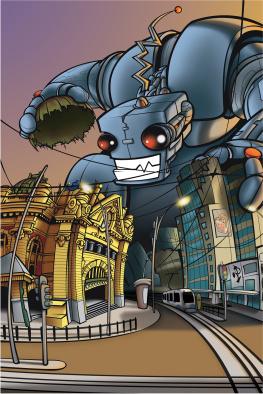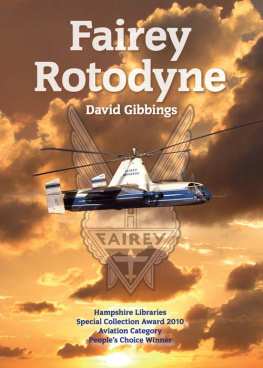Page List
The Art of
ROY CROSS
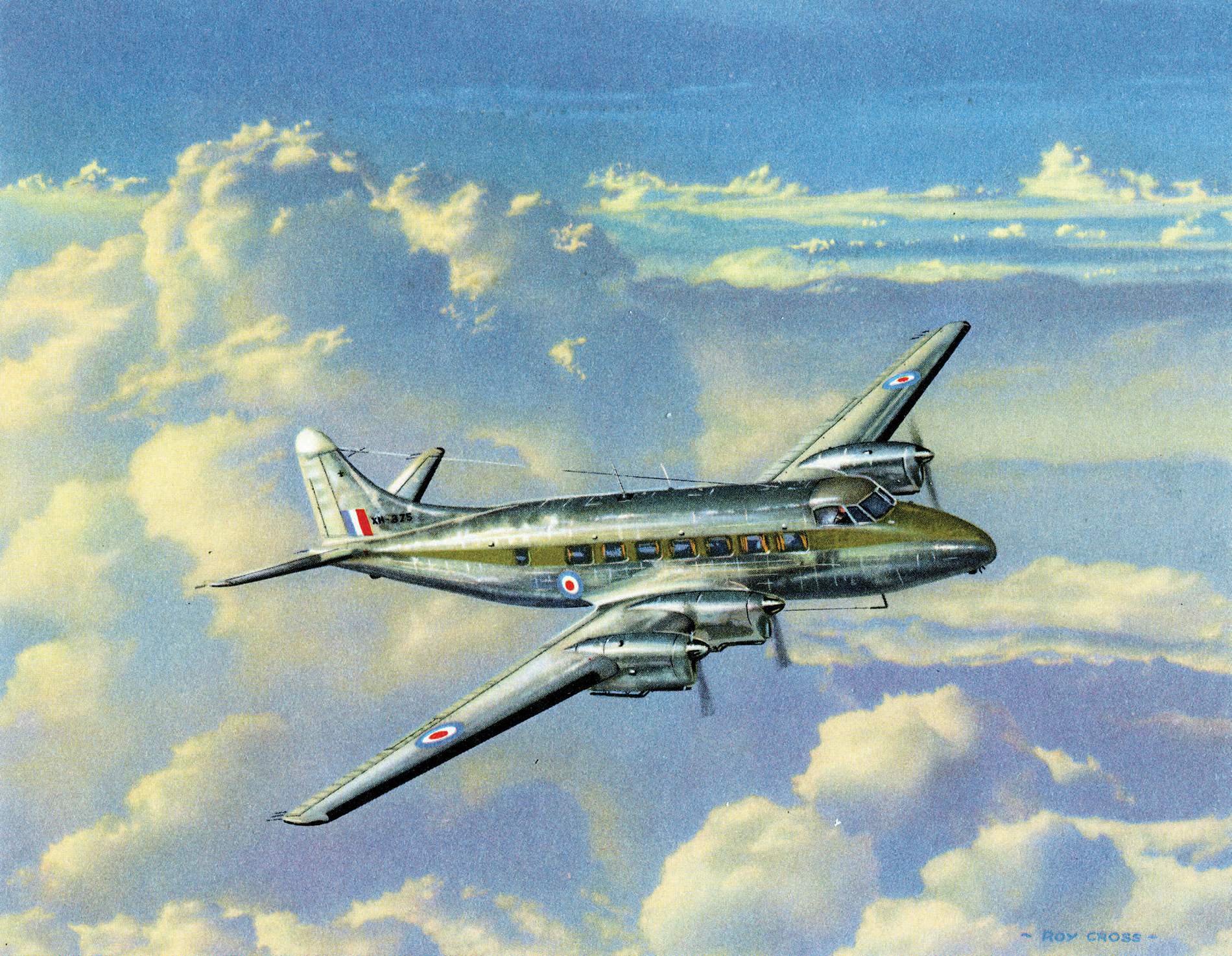
The Art of
ROY CROSS
Roy Cross
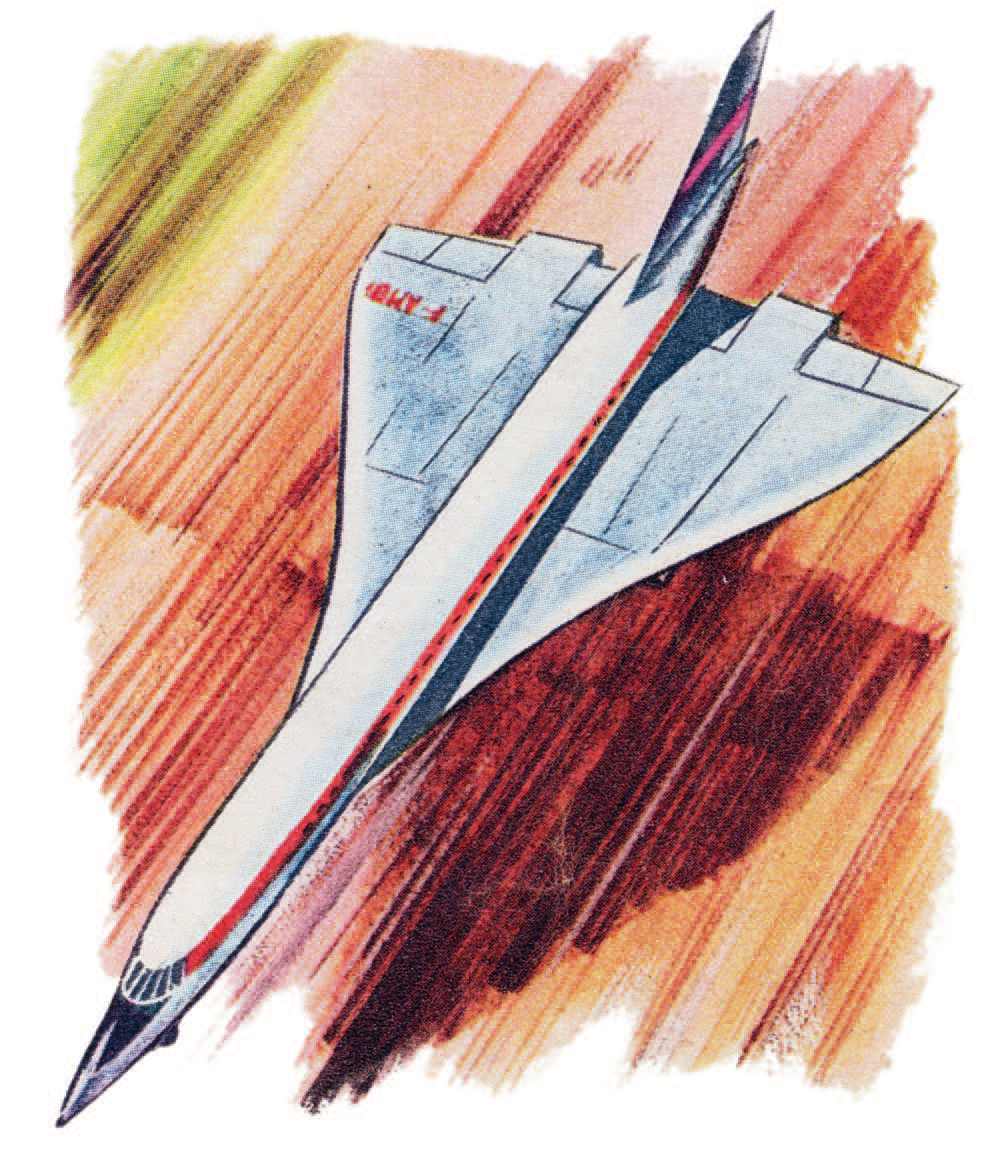

First published in 2019 by The Crowood Press Ltd
Ramsbury, Marlborough Wiltshire SN8 2HR
www.crowood.com
This e-book first published in 2019
Roy Cross 2019
All rights reserved. This e-book is copyright material and must not be copied, reproduced, transferred, distributed, leased, licensed or publicly performed or used in any way except as specifically permitted in writing by the publishers, as allowed under the terms and conditions under which it was purchased or as strictly permitted by applicable copyright law. Any unauthorised distribution or use of this text may be a direct infringement of the authors and publishers rights, and those responsible may be liable in law accordingly.
British Library Cataloguing-in-Publication Data
A catalogue record for this book is available from the British Library.
ISBN 978 1 78500 642 5
The profitable de Havilland Heron Series 2, one of a series of excellent post-war British designs that it was hoped would attain ascendancy over the American commercial types enhanced by mass production during the recent war.
The incomparable but unprofitable British-French supersonic Concorde airliner.
Acknowledgements
I have enjoyed and acknowledge the encouragement and support of several people during a long career, in particular Leonard Taylor, James Hay Stevens, the Airfix management, and of course friend, advisor and agent Malcolm Henderson. Not for the first time I must mention the help that Airfix has given in permitting me to reproduce here and in other books a number of boxtop pictures themselves, because the original colour transparencies have not come to light. Reproductions from Eagle and Swift appear with the permission of Dan Dare Corporation Ltd.
This book could not have been as complete as it is without the help and encouragement of my son Anthony, and my dear granddaughter Jojo has done the typing. My thanks to them both.
Tim Hall, modern cutaway artist supreme, supplied the cutaway of the Saunders-Roe SR/A1 and to him and the management of Aeroplane Monthly and to Jeremy Brook of Constant Scale, again, my thanks.
The Crowood Press has always been of great help with layout, cover, and so on and are acknowledged here with many thanks, and Arthur Wards books on Airfix I have often used to jog the memory.
Introduction
S ince 1942, when my line drawings of aircraft first appeared in print in a war-time magazine, until the present day (2018) I have made a good living, firstly as an illustrator and after about 1973 as a fine art painter specializing in the marine field. There was no abrupt change of technique, rather of attitude, dealing with a West End picture gallery instead of commercial outlets. Much earlier I had struggled with colour renderings, first in gouache and then in oils, a gradual process over many years. As an old acquaintance used to say, where does illustration end and fine art begin? By 1973 my colour work was up to being displayed in a fine art gallery and I made the subtle transition, with hard work but few problems. It was just a different market, and to my mind offered increased prestige, possibly better rewards, and perhaps making a name for myself in my chosen area of historical marine painting. At a fair age now, looking back I have come a long way from those first line drawings, working first as a freelance commercial artist and then progressing as a painter, as will be seen, with an astonishing variety of work, from cutaways to oil paintings over a great choice of subject matter. Never turn a job down was my motto, though I had my failures to work upon and improve.
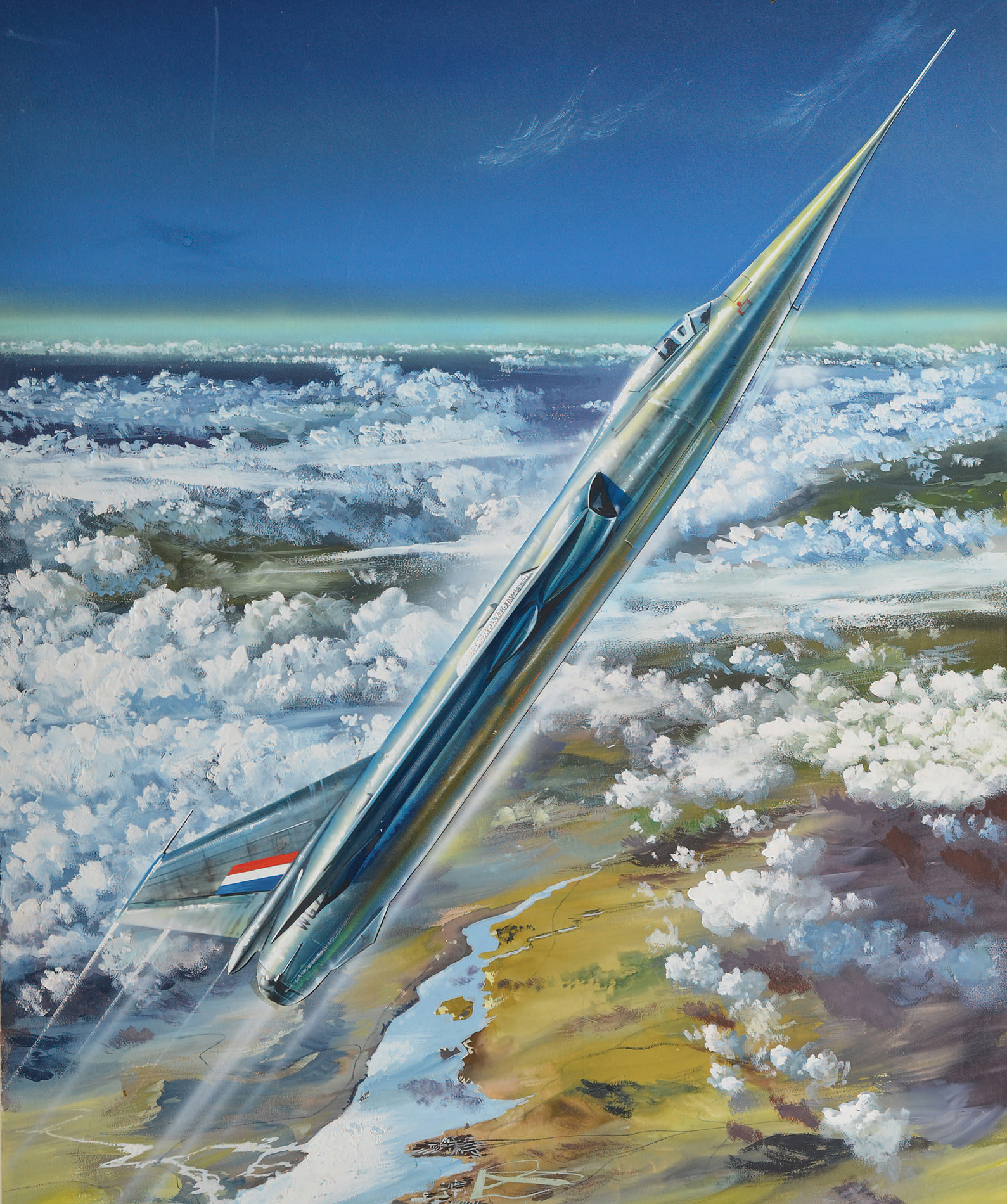
Another fine British design, the 1,132mph Fairey FD 2 supersonic research machine with a delta wing and a drooping nose for a better view on take-off and landing, later adopted for the Concorde.
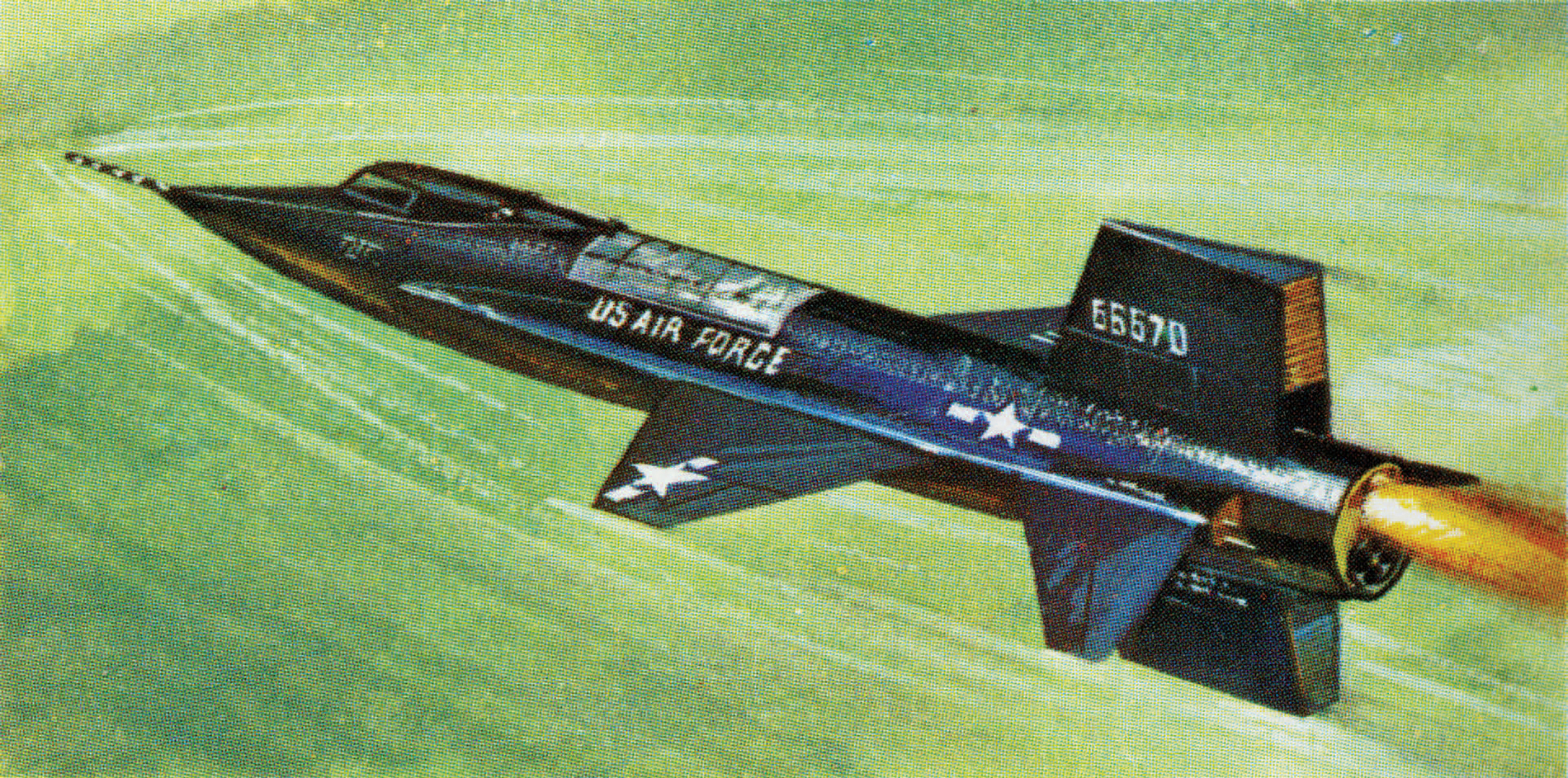
The super-performance rocket-powered North American X-15 reached 4,534mph in 1967.
Early Days

The young cadet Roy Cross in a newspaper photograph.
O ne reads about artists great and less so who were producing masterpieces at fteen or younger, like Picasso and Mozart. The few early crude sketches I still possess from my own teens are hardly worth reproducing here and show no evidence of potential genius. One is of a Spanish galleon however, and another of an aeroplane, a portent of things to come. At my senior school, my stay at which was halted early in 1940 after evacuation, because I was learning nothing and my father said I might as well come home and start earning a living, we did have an art class and I was surprised to learn in my leaving report that I was quite good at art.
Before World War II many periodicals were published for boys (also girls) especially, as I remember, featuring the railways, exploration, ocean liners and record breakers on land and sea and in the air, all ideal to appeal to youngsters. Pocket money was too scant for me to buy these regularly, but at our local market at the Elephant and Castle in south London where I lived, there was a stall covered with second-hand copies of a variety of magazines, including Modern Wonder, Boys Own Paper and many similar to feed a boys imagination in all branches of engineering wonders. I seem to remember a space magazine that sparked an interest in out-of-this-world adventures.
I mentioned my rst crude aeroplane drawing. My interest must have been aroused because of copies of aeroplane periodicals on the aforementioned stall and a similar shop at Camberwell Green, where we moved to later on. There I came across various aviation magazines, my favourites being Air Stories and Popular Flying. The American pulp publications like Flying Aces and War Birds were of inferior literary quality but had interesting photographic features, especially of World War I aviation, which I was interested in via Air Stories. Over past years I have bought back rare used copies of Air Stories and nd my original instinct was correct: therein are some good adult yarns, which at least one of our top World War II yers said inuenced his ying and air combat experiences; most, after all, were written by ex-Royal Flying Corps and RNAS and later, RAF pilots. Im sure those English air magazines inuenced countless recruits to our air services in World War II.
Another inuence on my early art activities occurred as follows. We could not afford many holiday excursions, but were lucky enough to have a relation of my fathers living at Smallford, a tiny village midway between St Albans and Hateld in Hertfordshire. There we often heard and saw aeroplanes ying from the new de Havilland aerodrome and works at Hateld, and my cousin Sidney took me on one occasion for a long walk to the boundary of the aerodrome where the annual garden party was in full swing with plenty of aeroplanes taking off and landing, a good treat for an air-minded boy.

